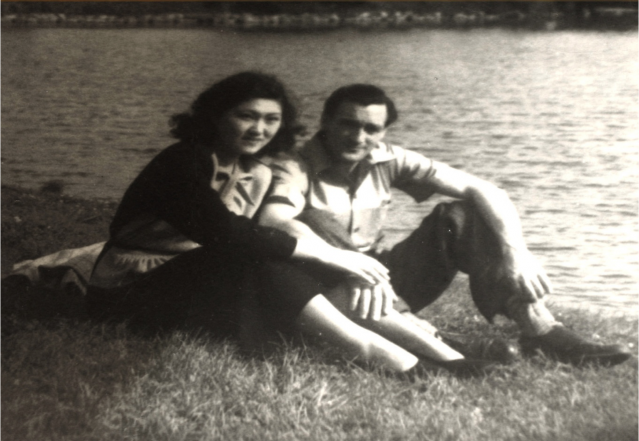Mixed Race Okinawans and Their Obscure In-BetweenessPosted in Anthropology, Articles, Asian Diaspora, Media Archive on 2015-07-03 19:30Z by Steven |
Mixed Race Okinawans and Their Obscure In-Betweeness
Journal of Intercultural Studies
Volume 35, Issue 6 (November 2014)
pages 646-661
DOI: 10.1080/07256868.2014.963531
While critical mixed race studies and popular discourse of haafu (half) are proliferating in Japan, the case of mixed race people in Okinawa remains obscure within these studies as exceptional cases of non-serial mixed bodies. Locally mixed Okinawans have been used to demonstrate incompleteness of sovereignty in Okinawa yet globally have been hailed under the haafu boom as ‘bridge people’ under a liberalist ideology of difference, sometimes naturalizing and justifying the controversial US base presence. This paper centers on the lives of mixed Okinawans I interviewed. I analyze how they engage with various mixed race discourses, concepts of Okinawan difference, and security imaginaries. Through their stories, I suggest that in Okinawa, mixed race as situated transnationally ‘in-between’ circulates against rationales of modernity that are embedded in security narratives in ways that the haafu boom does not address and therefore encapsulates mixed Okinawans as obscure. I argue that despite this positioning, many mixed Okinawans have cautiously rooted themselves locally through language, fluctuating imaginaries of citizenship, and diasporic meanings of Okinawan belonging.
Read the entire article here.


